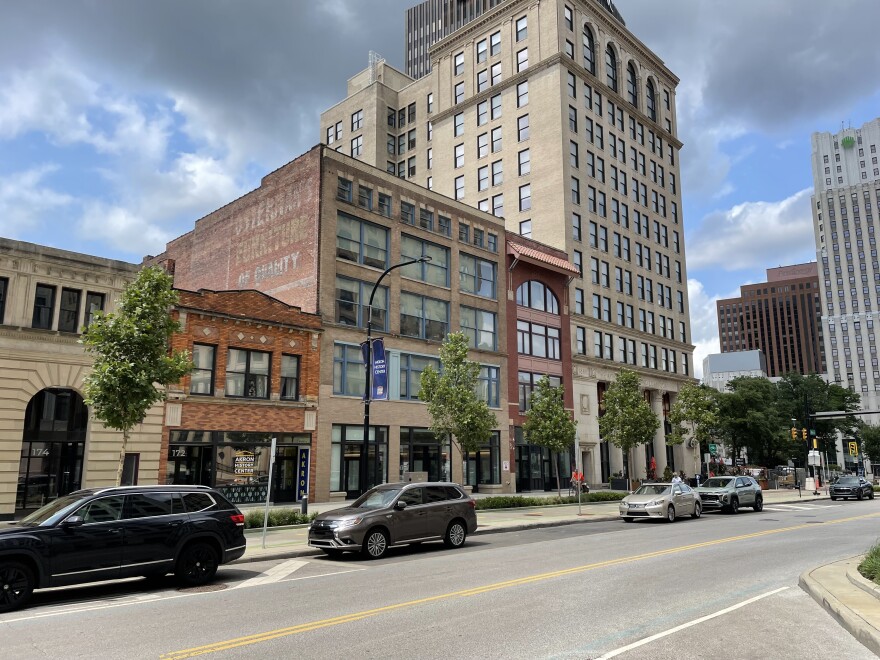It may now be easier - and less costly - to preserve historic buildings in Ohio under the new state budget.
The budget, signed into law by Gov. Mike DeWine on July 2, increases the annual funding of the Ohio Historic Preservation Tax Credit program to $75 million—a $15 million increase from previous funding.
Tax credits can be used to help redevelop historic buildings. They help developers offset the cost of high construction and promote economic growth, said Matt Wiederhold, director of historic preservation non-profit Heritage Ohio.
“The cost of construction is huge,” he said. “Materials keep going up. In our mind for preservation across the country, the greenest building is one that's already built, so to save a building that's already standing and put it back to use generates economic development.”
Legislators also boosted the credit percentage to 35% for rehabilitation projects in communities with less than 300,000 residents.
The state uses a detailed scoring system while reviewing applications, which tends to favor larger cities because of the scale of the projects, Wiederhold said. Now, smaller cities will be evaluated with a different system.
“Communities that are 50,000 people and have three-story commercial buildings that are historic score on a different rubric, so that it's equitable in making sure that those tax credits go to the smaller communities, as well as the larger communities,” Wiederhold said.
Heritage Ohio worked with Ohio legislators and provided statistics and educational materials on the value of the tax credit program, Wiederhold said.
The Arcade Cleveland, Onesto Hotel in Canton and the Bowery project in Akron are among past recipients of historic tax credits. The increase in the tax credit benefits both residents and tourists, Wiederhold said.
“People want to go to Downtown Cleveland because they see these beautiful buildings like the Cleveland Arcade, and they're inspired by that,” Wiederhold said. “Without tax credits, a lot of these properties could be demolished, and would be lost forever.”
Wiederhold hopes Ohioans understand that there is value in revitalizing historic buildings.
“What it means is through the historic tax credits, we are preserving more of our historic places and it's not just about saving an old building,” he said. “It's preserving the history of our community. It is providing a sense of place that people really appreciate.”






